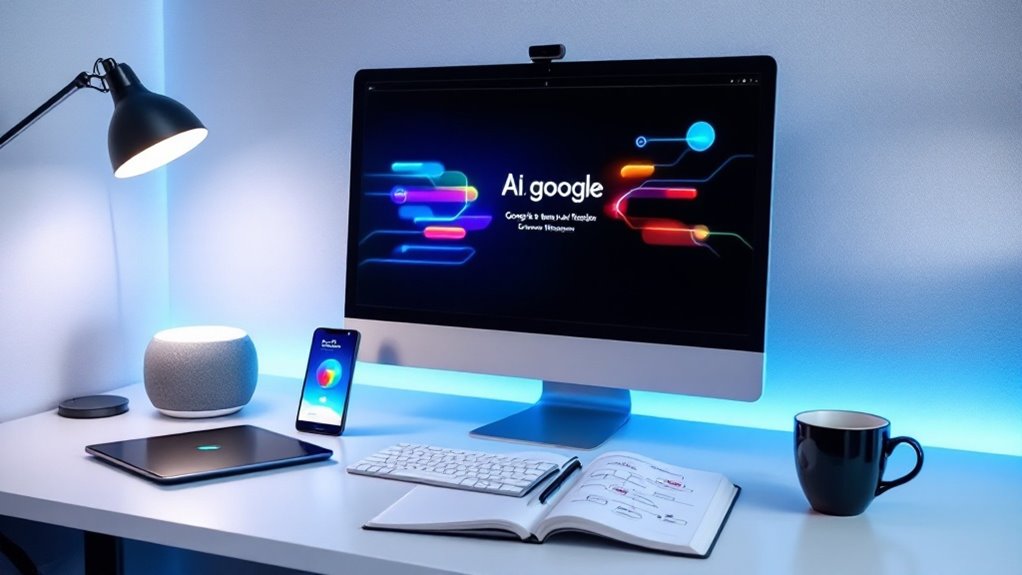The Turing Test, proposed by mathematician Alan Turing over 70 years ago, measures whether a machine can convincingly chat like a human. It’s fundamentally AI’s ultimate poker face challenge. The test sidesteps philosophical debates about “true intelligence” with a practical approach: if you can’t tell it’s a computer, does it matter? While no AI has definitively passed it yet, the test drives innovation in everything from natural language processing to your increasingly human-like customer service bots. Dive deeper to discover why this old benchmark still shapes tomorrow’s tech.
While most artificial intelligence benchmarks come and go with each new technological wave, the Turing Test has maintained its grip on both scientific research and public imagination for over 70 years. Proposed by mathematician Alan Turing, this deceptively simple challenge asks whether a machine can converse so convincingly that humans can’t tell they’re chatting with an algorithm. Think of it as the ultimate AI poker face—can your chatbot keep a straight face while bluffing about having feelings?
The test serves as a practical yardstick when philosophers and computer scientists get tangled in endless debates about what “intelligence” actually means. Rather than disappearing into metaphysical rabbit holes, Turing offered a pragmatic solution: if it talks like a human and responds like a human, perhaps we should consider it intelligent. This conversational criterion has become the philosophical anchor that researchers either embrace or rebel against.
The Turing Test cuts through philosophical fog with a simple premise: can your algorithm convince humans it’s one of them?
What makes the Turing Test genuinely valuable is how it drives innovation. AI developers obsessively push their systems to become more human-like, advancing natural language processing and machine learning to create increasingly convincing digital conversationalists. Recent evidence of this progress comes from Stanford researchers who reported that ChatGPT-4 passed a rigorous variant of the Turing test, demonstrating how far AI has come. Your suspiciously helpful customer service chat? That’s the Turing Test’s influence in action.
Beyond the technical domain, the test forces us to confront uncomfortable questions about consciousness and understanding. Is a machine that perfectly mimics human responses actually thinking, or just performing an elaborate parlor trick? This distinction matters as we integrate AI more deeply into society. After all, we might treat machines differently if we believe they understand us rather than simply processing our words. The Blockhead thought experiment further challenges this by suggesting that mimicking behavior alone doesn’t necessarily indicate true intelligence. As we wrestle with these questions, we must also address the growing concern of AI bias in systems that aim to replicate human-like responses.
The Turing Test has also revolutionized human-computer interaction, inspiring interfaces that feel natural rather than mechanical. As AI becomes more conversational—adapting to context, inferring meaning, and responding appropriately—technology becomes more accessible to everyone, not just the technically inclined.
Despite decades of progress, no AI has definitively passed Turing’s challenge. Perhaps that’s why it remains so important—it continues to represent the horizon of machine intelligence that we haven’t quite reached.









